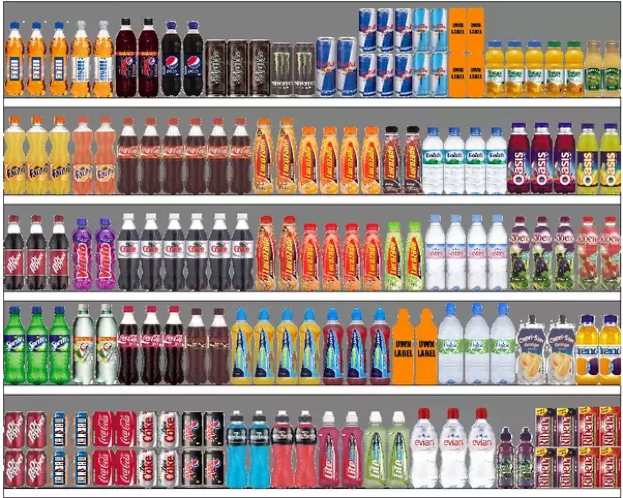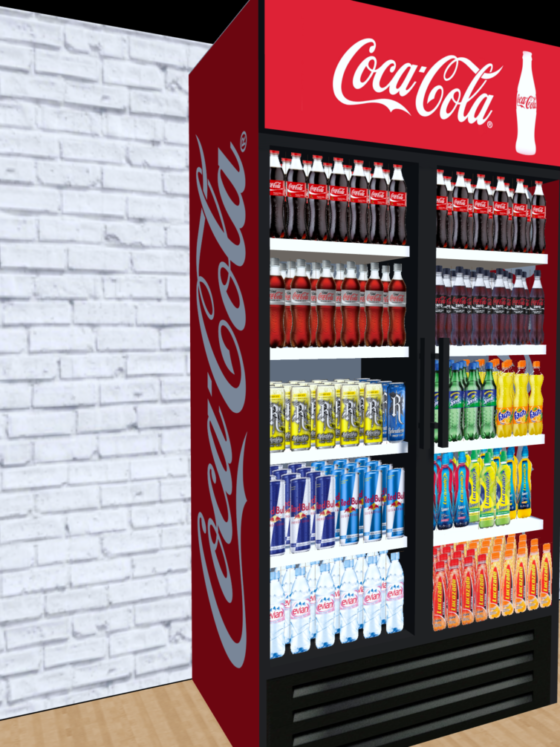
And then all the previous work done by the merchandiser, category manager, marketer, and planogrammer could be a waste of time and resources. The slightest mistake in reading the store planogram will cause an error in the layout. A well-designed planogram will indicate the location of each product item (or SKU) on the shelf, display type, number of facings, etc.

In order to be able to place the goods in the right way according to the planogram, the store manager must read the planogram correctly, understand the type, size, and other product specifications, and also identify the equipment where the goods are laid out. In addition, creating a store plan allows you to place commercial equipment, and determine where the promotional displays, checkouts, and additional points of sale will be located. Merchandising planogram example created in PlanoHero serviceĪ properly created merchandising planogram will show the correct location of each item and SKU on the shelves.
/planogram_definition_retail_merchandising_term_examples_glossary_public-domain-56a7f8a75f9b58b7d0efbdd8.jpg)
Using special software for planning the layout of goods, you can create store plans with equipment and store planograms on these plans in a few clicks. This is a great opportunity to plan the layout according to the current demand, features, and customers' needs. Planograms are effective for both small stores and large retailers. This, in turn, motivates them to make a purchase. And a logically organized layout helps guide shoppers and tells customers where to find the right products. A thoughtful arrangement of goods increases future sales. Thanks to an efficient layout, the merchandiser creates favorable conditions for shopping. In addition, the merchandising department, while working with planograms, is able to constantly analyze the layout, as well as track the key sales indicators and inventory.

So, the managers who are responsible for the in-store layout of goods will constantly monitor the goods' on-shelf availability and will know the exact place of each item.

This is a schematic plan for placing goods on a shelf or a so-called road map for store managers, who are directly involved in the process of laying out goods according to the planogram. Planograms help organize the display of goods and make it attractive to customers using the rules of merchandising, marketing, and psychology.Ī planogram (POG) is a visual merchandising tool for product placement in a store. Retailers use planograms to maximize their selling space.


 0 kommentar(er)
0 kommentar(er)
